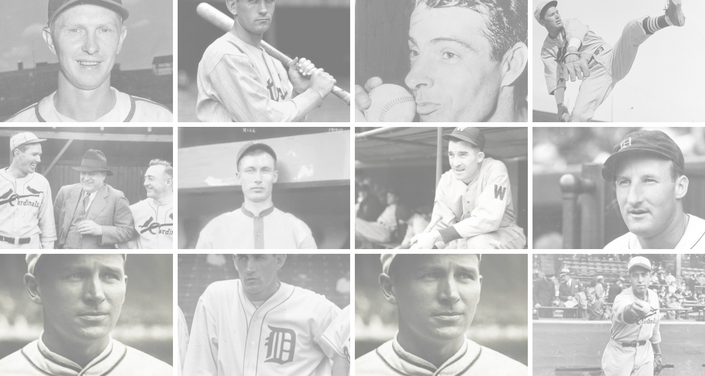Roberto Clemente’s rooftop shot foils Philly, breaking a 2 – 2 tie as Pittsburgh prevails, 4 – 2. “Clemente’s homer,” reports the Pittsburgh Press, “a long blast to the roof of Connie Mack Stadium’s double-decked left field seats, was his fifth in the last five days. Clemente is on a 14 for 23 streak.”
Roberto Clemente’s rooftop shot foils Philly, breaking a 2 – 2 tie as Pittsburgh prevails, 4 – 2. “Clemente’s homer,” reports the Pittsburgh Press, “a long blast to the roof of Connie Mack Stadium’s double-decked left field seats, was his fifth in the last five days. Clemente is on a 14 for 23 streak.”






